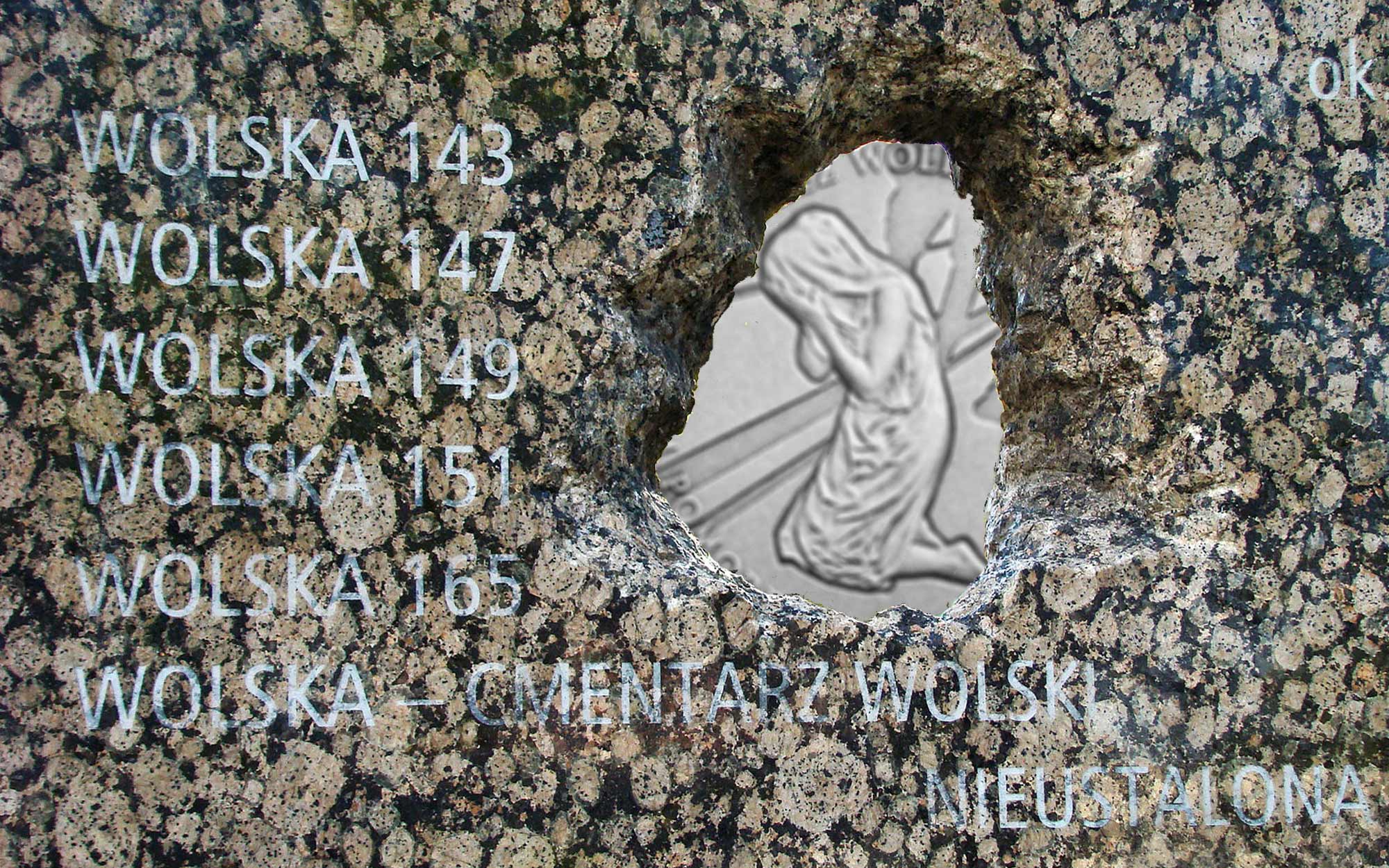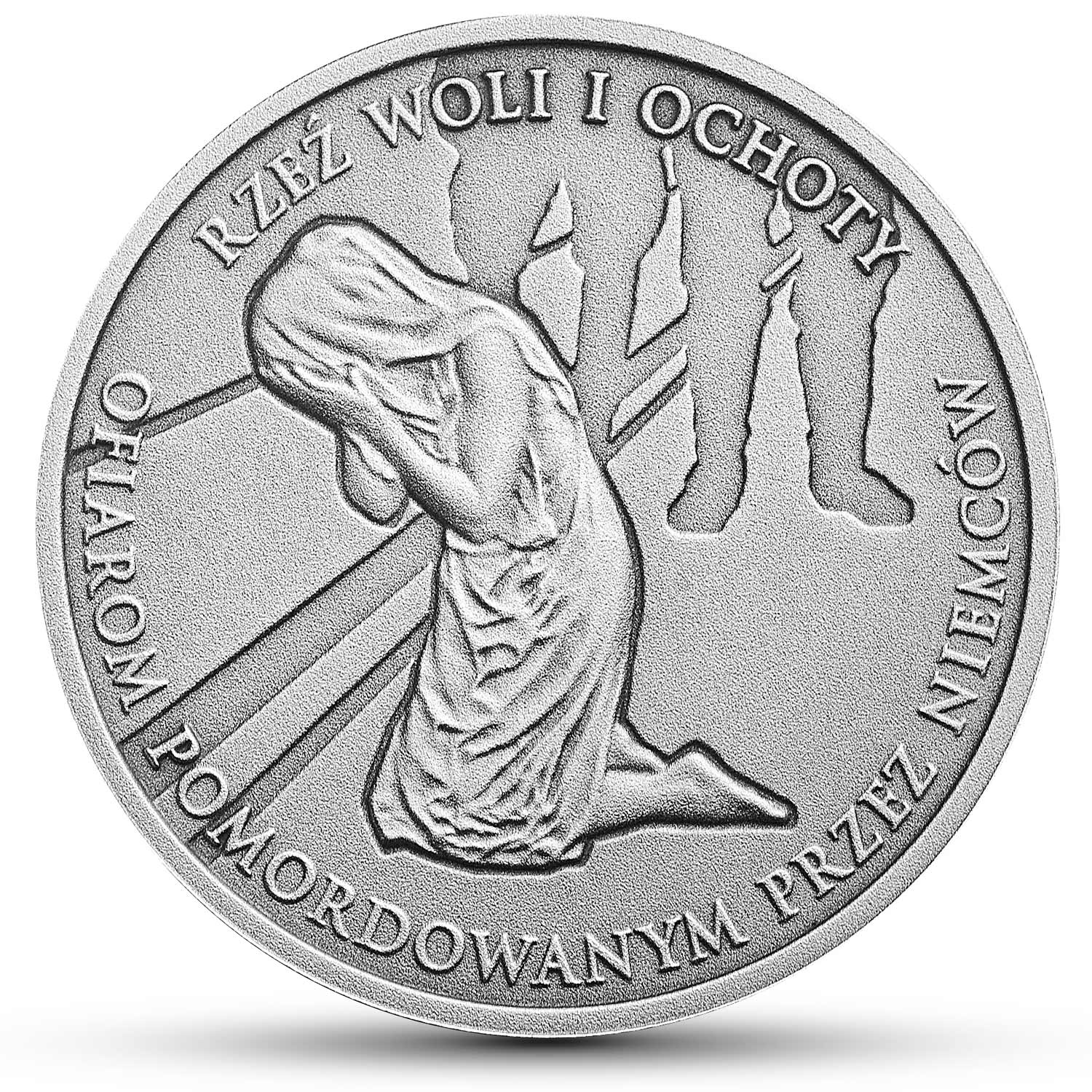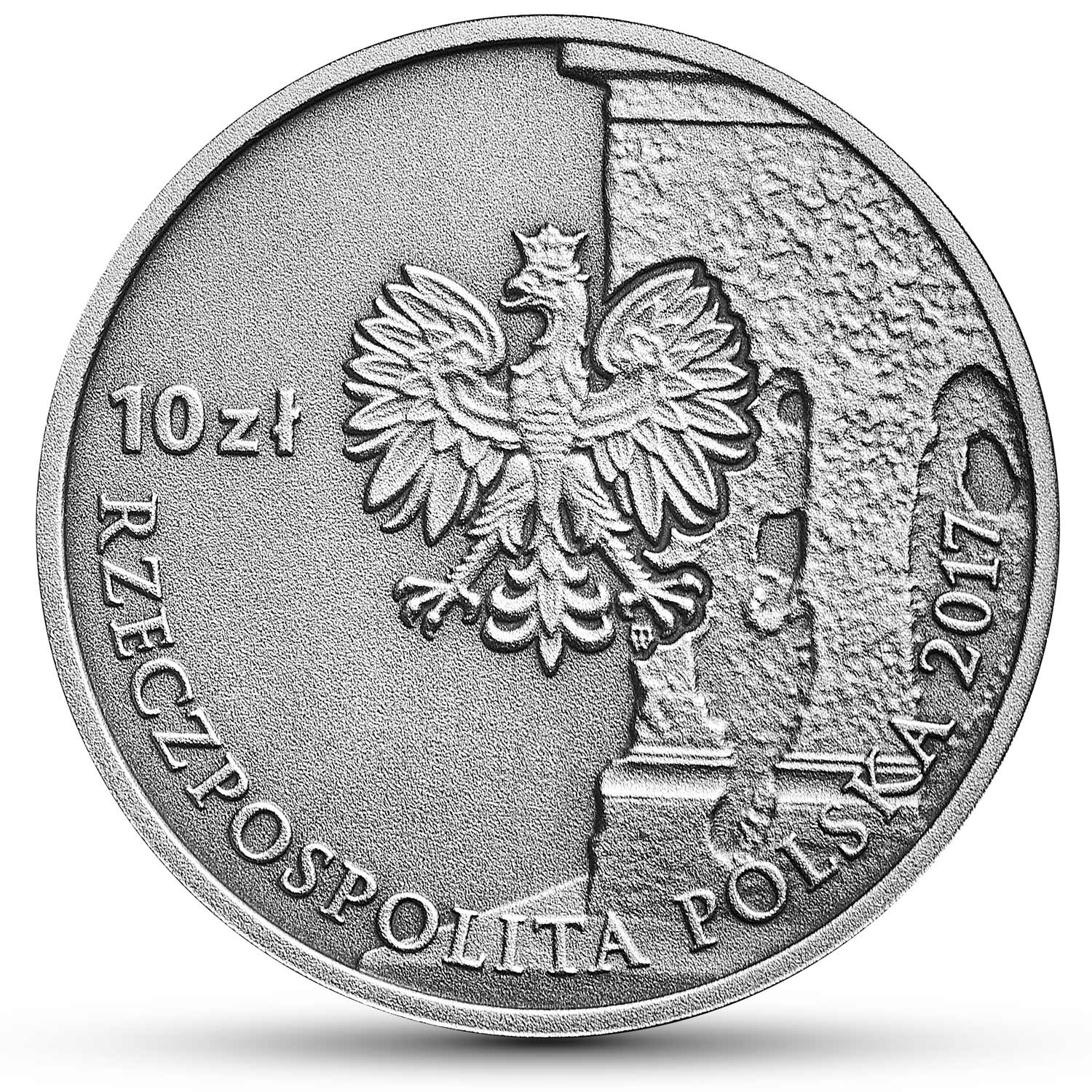The horror of the Warsaw Wola and Ochota massacres is remembered on new Polish silver coin
The Polish National Bank (NBP) is launching a new coin on the 27th of July to commemorate the fallen in one of the Second World War’s worst massacres. The Polish people certainly took the brunt of atrocities perpetrated on the Eastern Front, from the Katyn massacre of the Polish officer corp and intelligentsia in 1939/40 by the Russians, through to the more widely known slaughter of civilians in the Warsaw Ghetto by the Germans. Literally millions of innocent people were killed in what must surely be the most barbaric and deadly war front in history.
The Warsaw Uprising in mid-1944 led to its brutal crushing in short order, nowhere more so than in the Wola and Ochota districts. Professor Wojciech Roszkowski has put together an eye-opening description of events that we’ve reproduced below and we highly recommend you have a good read. It’s certainly an event that deserves to be remembered and that’s the reasoning behind the NBP’s new issue.
Struck in half an ounce of sterling silver, the coin depicts a poignant reminder of the events with a depiction of the massacre on one side and a look at the monument to the victims on the other. The obverse shows a small part of the Monument to the Victims of the Wola Massacre (a fragment can be seen in our image at top). The Polish Eagle, is placed in the centre, along with the inscribed date, denomination and issuer. The reverse depicts a grieving girl on her knees with two perpetrators of the massacre in the background.
A striking piece, it’s a fitting remembrance to the 40-50,000 people butchered by the Nazi regime. The coin comes in one of the standard NBP grey coin boxes, which are decent enough, and with a certificate of authenticity. Mintage is capped at 15,000 and the coin should sell for under €50.00.
MINTS DESCRIPTION
The German massacre of the civilians of the Warsaw districts of Wola and Ochota was one of the largest mass murders conducted during World War II. Upon learning about the outbreak of the Warsaw Uprising on 1 August 1944, Hitler ordered the destruction of Warsaw and the annihilation of all its inhabitants. The implementation of the order was started by SS ofcers, policemen and the Wehrmacht soldiers, who began murdering the captured insurgents and the civilians. Already on 1 August the Germans murdered groups of Poles on the corner of Sowińskiego Street and Karlińskiego Street, at 20 Okopowa Street and at 165 Wolska Street.
By 4 August the soldiers of the “Hermann Goering” armoured division had murdered around 400 people, and the soldiers of the 608th Security Regiment expelled civilians from their homes, murdering, looting and raping women. Starting from 4 August, the German forces launched a counterattack on Warsaw from the West, carried out by the SS Special Regiment led by SS Oberführer Oskar Dirlewanger – which was composed of criminals released from prisons – the police group led by SS-Gruppenfuehrer Heinz Reinefarth and the multi-ethnic SS RONA Brigade (Russian National Liberation Army) led by SS-Brigadefuehrer Bronislav Kaminski.
On 5 August these units began the massacre of the civilian population of Wola. The murderers killed the inhabitants using machine guns regardless of the gender and age of the victims. The collective executions were accompanied by looting and mass rape of women, including underage girls. Some victims were brought as “human shields” to the positions of the insurgents. Between 5 to 10 thousand people were murdered in the area of Górczewska Street and Moczydło Street, including the personnel and patients of the Wola Hospital. About 6 thousand people were murdered in the“Ursus” factory, including three children of Wanda Lurie (1911-1989), who survived under the piles of bodies despite heavy injuries and was an important witness of the massacre.
About 4 thousand people were murdered in the Franaszek factory, about 3 thousand were murdered at 9 Górczewska Street, and about a thousand people were murdered at the tram depot at Młynarska Street, at Wolska Street and at Sowińskiego Park. In some places the burnt bodies were piled 25 metres high. On 6 August the massacre was continued in the agricultural machinery warehouse on Wolska Street, where about 2 thousand people were murdered, as well as in the Franaszek factory, in the area of Górczewska Street, Moczydło Street and in the area of the Redemptorist monastery at Karolkowa Street. One of the Azerbaijani battalions murdered about 200 patients at the Karol and Maria Hospital. About 7 thousand people were murdered on 7 August, mainly in the Mirowskie Halls. At the same time, thousands of civilians were expelled from their homes and driven among the fres and piles of corpses towards the Western Railway Station and Włochy district. In the following days the intensity of the massacre decreased, but expulsions, murders, looting and rapes continued until mid-August. The total number of victims of the Wola massacre is estimated at about 50 thousand people.
The Ochota massacre began on 4 August when the RONA units joined the suppression of the uprising under the general German command. On 5 August, a transition camp for displaced persons was created in the area of the vegetable market, the socalled “Zieleniak” (currently: Banacha Halls), where several tens of thousands of people were gathered over the next few days and gradually expelled to the camp in Pruszków. On the way to the vegetable market and at the transition camp, SS ofcers and drunken RONA members murdered and raped the displaced civilians. The bodies of those who were murdered or died of exhaustion were laid in piles along the camp wall. On 5 and 6 August, the RONA units murdered over 150 people at the Radium Institute at Wawelska Street. Another place of mass murder was the Kolonia Staszica housing estate, where the RONA units systematically raped, robbed and murdered the hiding civilians. The victims’ bodies were burnt on the grounds of the Hugo Kołłątaj High School. The total number of victims of the Ochota massacre is estimated at about 10 thousand people.
On 27 July 2017 Narodowy Bank Polski is putting into circulation a silver collector coin “The Wola and Ochota Massacres” with a face value of 10 zł.Just like the Monument in Memory of the Inhabitants of Wola murdered by the Germans during the Warsaw Uprising of 1944, located at the fork of Aleja Solidarności and Leszno Street in Warsaw, this issue is intended to commemorate the innocent victims of this atrocity. The reverse of the coin depicts a fgure of a kneeling woman, symbolizing a victim of the August 1944 events, as well as fragments of the images of two male fgures – outlined behind her back – symbolizing the murderers. The obverse of the coin depicts a fragment of the Monument in Memory of the Inhabitants of Wola murdered by the Germans during the Warsaw Uprising of 1944, created by Ryszard Stryjecki. Professor Wojciech Roszkowski
SPECIFICATION
| NAME | 2017 WOLA AND OCHOTA MASSACRES |
| DENOMINATION | 10 Zloty |
| COMPOSITION | 0.925 silver |
| WEIGHT | 14.14 grams |
| DIAMETER | 32.00 mm |
| FINISH | Brilliant-uncirculated |
| MODIFICATIONS | None |
| MINTAGE | 15,000 |
| BOX / COA | Yes / Yes |





Leave A Comment